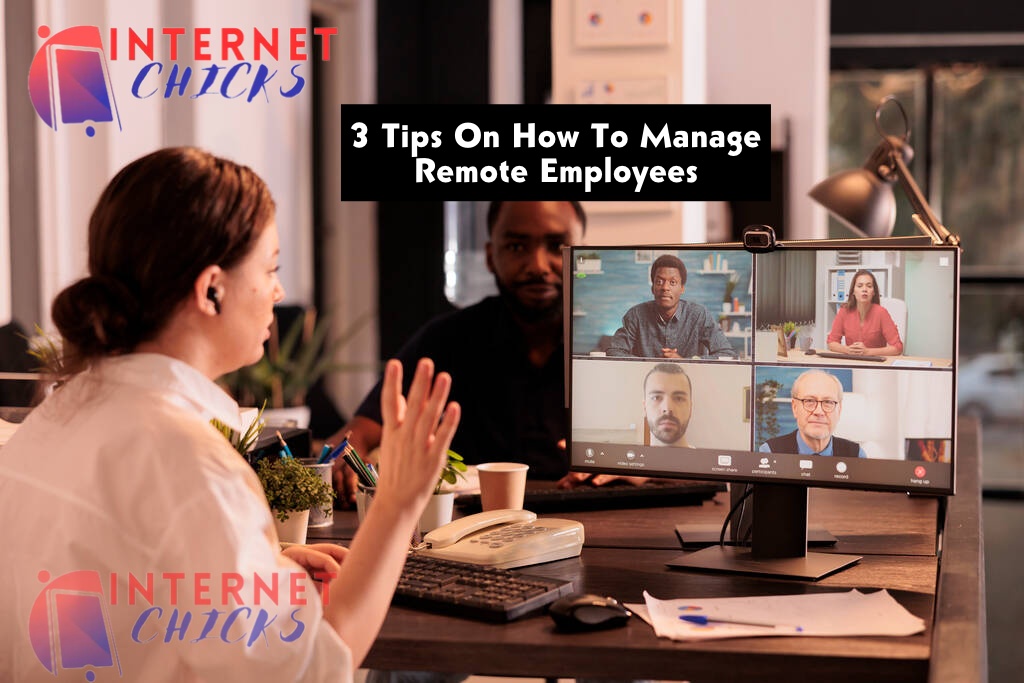One of the toughest problems managers face is working with off-site teams who aren’t physically located in the office. While remote employees offer many benefits to women working in tech–they have specialized skill sets, work across different time zones, and often have lower overhead for companies–working with remote employees can be a challenge sometimes. After all, supervising employees 100 miles (or 5000 miles!) away is a little different than supervising an employee who is just down the hall.
According to Gallup, more than 43 percent of employed Americans spent at least some time working remotely in 20124. Of those, 31% worked remotely greater than 80% of the time. That’s a huge percentage of workers. Holding employee meetings and keeping everyone coordinated is slightly different when team members are out of the office is possible.
Here are a few tips for effectively managing your remote team:
1. Stay In Touch

At the end of the day, on-site employees and remote employees are the same: They’re team members offering their services and working on a common goal. In order to paintings on a not unusual purpose, you want to ensure the strains of communication among crew individuals are open.
Workplace conversation tools like Slack are important, however so is e-mail and video.
When emailing remote employees and participating in email chains with remote employees, keep in mind that they are off-site and don’t have the same daily interactions with co-workers that you do. This means that nuances might be missed, and team members might email more than they would otherwise in order to keep the lines of communication open with faraway colleagues. That’s totally okay.
In addition, group video chats are one of the most important ways of keeping remote employees connected and up-to-date. Start with a service such as Google Hangouts, Zoom, or Skype for Business, and organize regular check-ins regardless of work or project schedule. If your budget allows for it, also invest in a quality microphone/speakerphone for your office and good headsets for your team members; good sound quality on video conferences goes a long way towards improving communication among remote employees.
2. Keep Things Organized

Most tech organizations have ordinary test-in meetings for personnel and use assignment control structures like Trello, Smartsheet, or Asana. All of these are crucial for managing employees, but distributed teams need a bit more care than in-office teams.
For starters, it’s important with remote employees to choose a single platform for brainstorming projects and storing information. Many projects in the corporate world store resources on a variety of platforms such as intranet project repositories, email attachments, and chat rooms. Remote personnel can’t stroll over to a colleague to ask them wherein a record is; as a substitute they need to ask through Slack or e-mail, which takes time. By choosing a repository and sticking with it, you get more done while having happier remote employees.
In addition, make sure remote employees use a common time tracking tool. Software like Toggl and Harvest help offsite team members be mindful about their work habits when working on their own computers. Remote employees experience like they’re in rate in their time at the same time as your business enterprise is able to estimate payroll and productiveness more efficiently.
3. Build Community

Team building for remote employees is slightly different than team building for on-site employees. Face to face contact is an important bonding mechanism in offices, and you need to offer remote employees substitutes.
Encourage small talk and off-topic conversations on video conferences, and make sure that Slack or email communications have room for levity and daily chit-chat as well.
It’s also important to create as many opportunities as possible for remote employees to meet in-person, even if it is just to put a face to a name. Organize regular in-office check-ins, if possible, and at least one team event each year to encourage employees to bond in real life.
Lastly, recollect that far off employees leave out out at the day-to-day of workplace life and enjoy reminders that they may be part of the team. Little gestures like sending extra corporate swag for friends and family or being generous with public praise can go a long way.
Know more about the engagement, education and empowerment of girls and women who are passionate about technology with InternetChicks.



Профессиональное оборудование для переговорных комнат: звук, свет и мультимедиа
оснащение переговорных